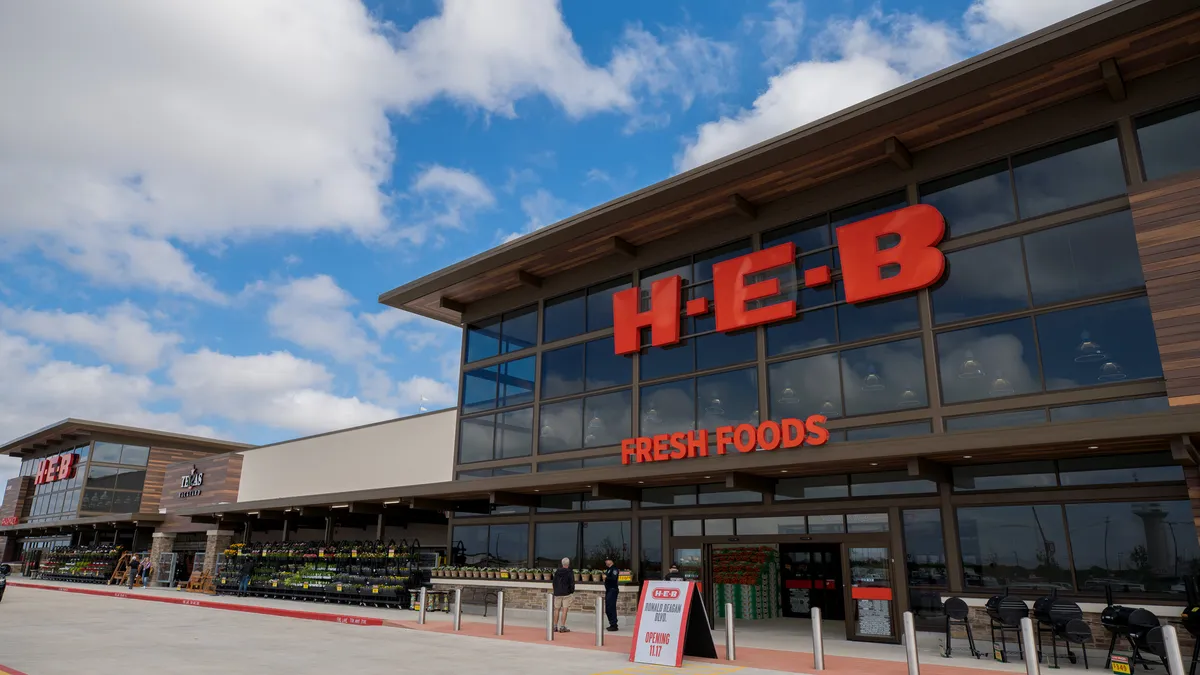Dive Brief:
- Meat counters and butcher departments have the highest rates of retail worker injuries, according to a Retail Risk Report from AmTrust Financial Services that analyzed more than 20,000 workers’ compensation insurance claims filed between 2016 and 2018.
- Non-grocery segments hardware, automobile parts and accessories and beauty salon services also have high rates of injury. Falls from ladders or scaffolding, repetitive motion injuries and car accidents are the most common types of occupational risks among retail classes.
- Across all injuries, injured workers spent 24 days away from work, but the top 10 injuries resulted in an average loss of 64 days. Strains are the most common injury claimed (26%), but slips and falls result in a higher average payout per injury.
Dive Insight:
Retail meat departments accounted for 3,397 reported injuries and $29.1 million in payouts to workers, according to the report. A fall or slip from a ladder or scaffolding costs retailers around $21,000, while repetitive motion injuries average roughly $14,000 and motor vehicle accidents involving another vehicle average $13,900. Total losses paid during the reporting period were $168.7 million.
Full-service butcher counters have been a staple in many grocery stores for years, but the department’s frequent use of knives, band saws and other heavy equipment to cut, slice and package meat offerings increase the potential risk of injury to employees. The most common injuries workers in this department face include lacerations and cuts and more severe injuries to facial bones, elbows, ankles and knees, according to the report. There are also injuries resulting from lifting heavy boxes or objects as well as repetitive motions like cutting.
Men typically report more injuries than women, with 13,465 claims versus 8,375 claims, and were out of work for longer periods of time, the report found. Claims involving injured male workers also typically resulted in average higher payouts per injury ($11,641) than claims from female workers ($7,030).
Workers between the ages of 41 and 60 had the most reported days out and the highest payouts. Workers over 70 years old reported fewer injuries but when they did, the injuries were likely to be more severe with a higher payout. The average payout for this group is $14,408.
Occupational safety is a top concern among retailers. Not only are workplace injuries a costly process for employers, but the loss of labor poses an additional challenge. Training and resources are widely available to companies and their employees from organizations like OSHAcademy, which offers occupational safety and health training. The National Grocers Association also offers store safety courses and other special training for store employees.












